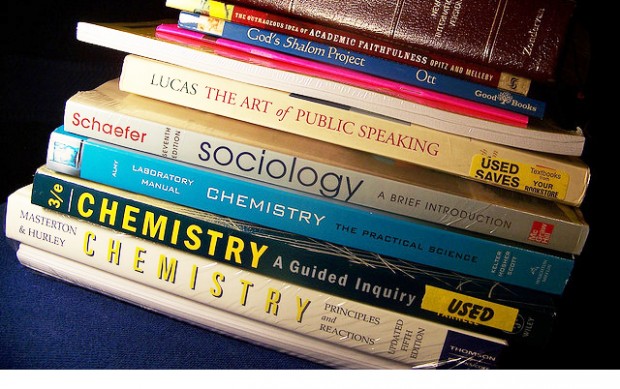By Katrina Schwartz
College students may seem to be well-equipped to learn in a wired world, but despite the enormous growth of tablets, e-readers and digital textbooks, they still prefer heavy, expensive print books.
These were the results of a pilot program created to understand why students have been slow to adopt digital texts and what would have to change in order to make them the preference. The pilot was developed by the University of Wisconsin, Cornell, University of Minnesota, University of Virginia and Indiana University, which decided to jointly investigate how e-textbooks could be used on their campuses with an e-text pilot during the spring semester of 2012.
What they found, produced in a report called Internet2 [PDF], was that, for purposes of study, at least, e-books were not quite there yet in terms of usability, visual presentation and navigation tools. The pilot program pointed out some glaring flaws in the e-reader model: Students reported problems with readability, complained of eyestrain, and said the e-books were not fully compatible with all mobile devices. They also noted that the navigation features meant to enhance learning like zoom, highlighting and annotation don’t function well.
What's more, the functions that make e-books more attractive to students than print books weren't being fully maximized by faculty. Features like annotating texts, collaboration tools and the ability to share notes with other students weren't being used or modeled by the professors. And if educators used the e-books like a print textbook, that’s what students did as well. Faculty agreed that they did not often use the extra features available to them and wanted further training. But even for those who did use shared annotation features, some actually found it to be more distracting, especially when those annotations were from other students, not the professor.
WHAT THEY LIKED


